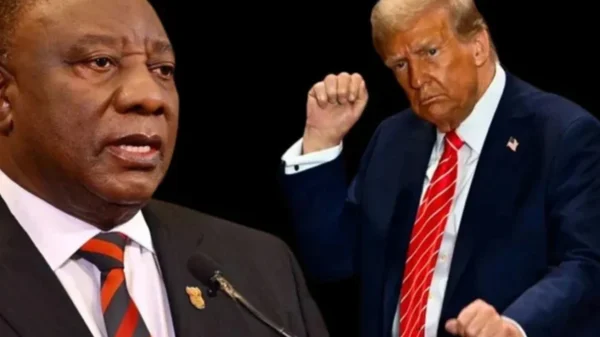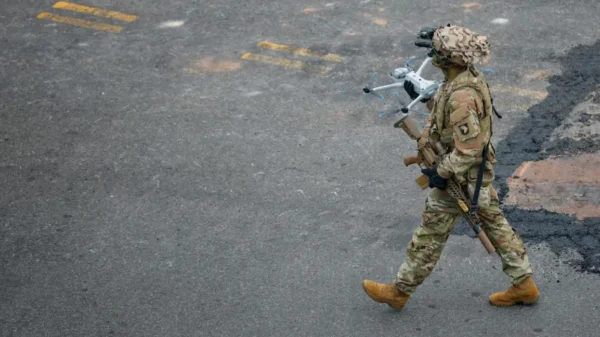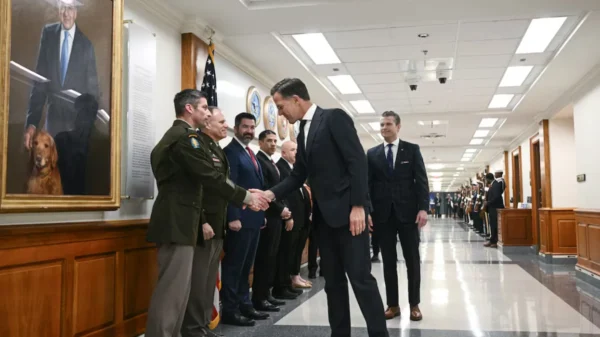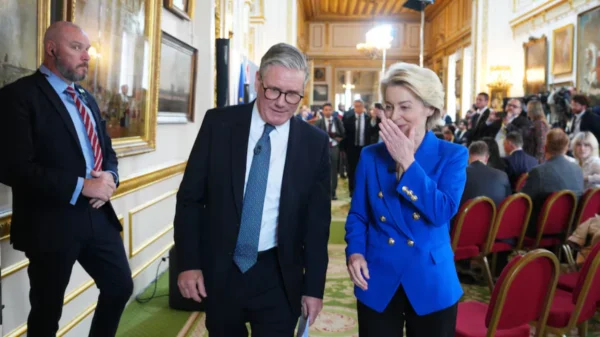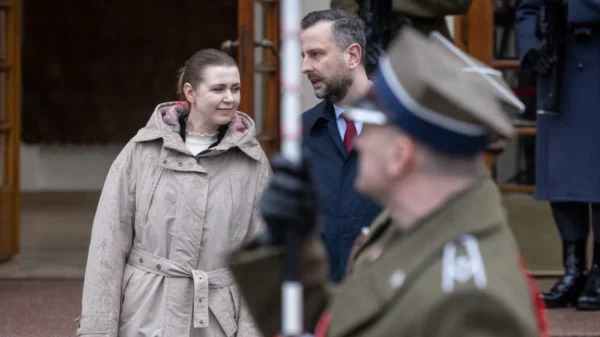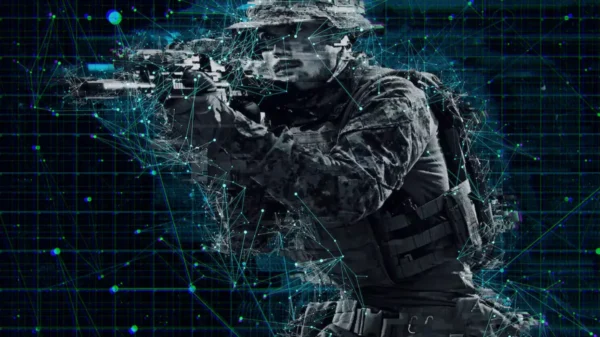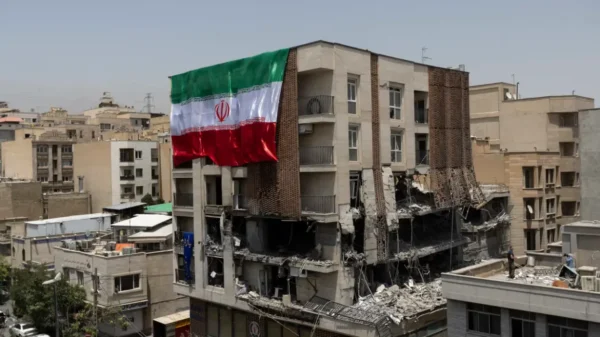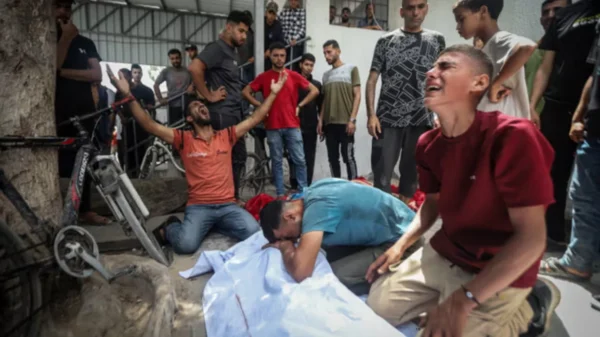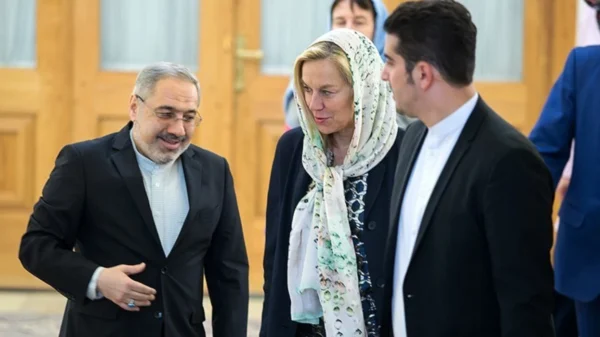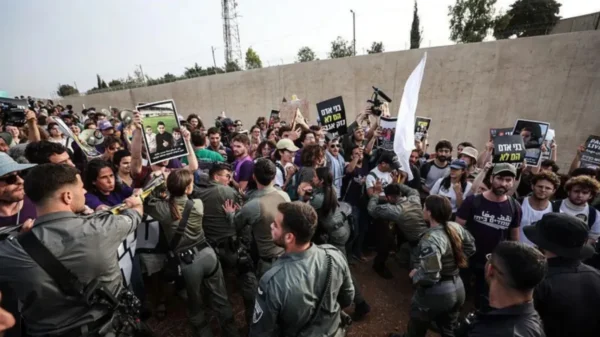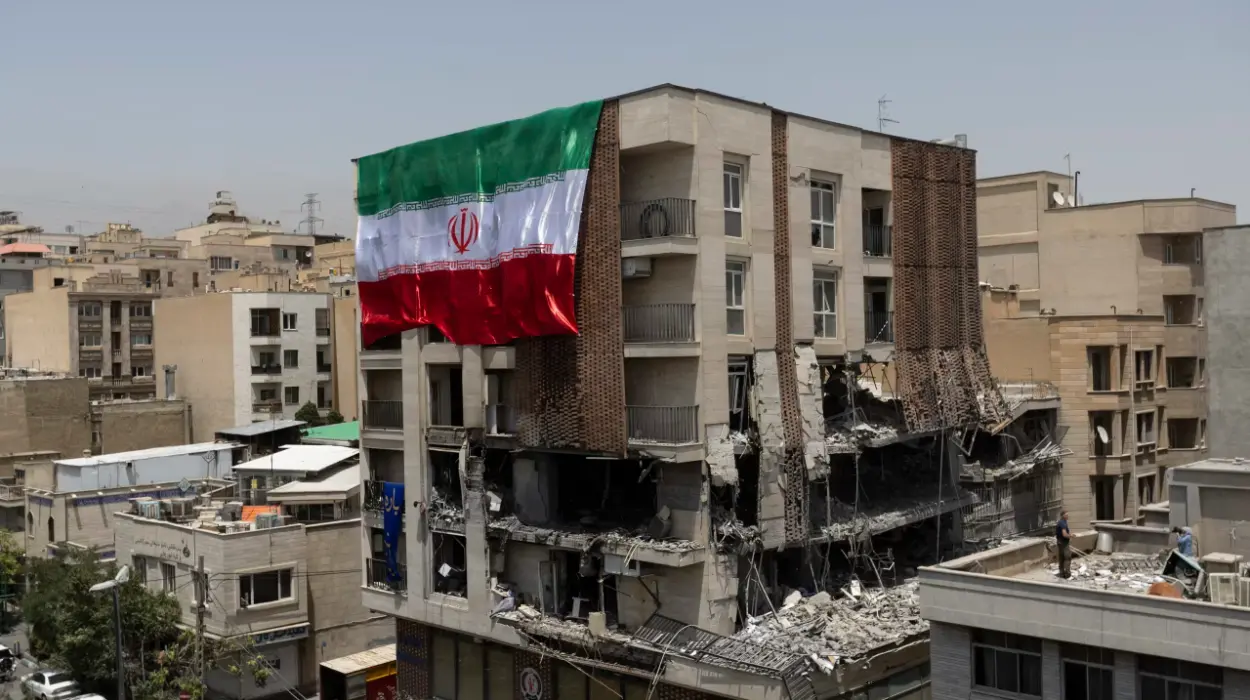The ongoing conflict between Israel and Iran has dramatically reshaped the geopolitical landscape of the Middle East, but the outcomes have diverged significantly from what many analysts anticipated. What began as a series of targeted strikes and proxy confrontations has evolved into a complex web of shifting alliances, unexpected partnerships, and new regional dynamics that are redefining power balances across the region.
The Genesis of the Conflict and Initial Expectations
The war between Israel and Iran intensified in late 2024, following a series of Israeli airstrikes targeting Iranian military installations and proxy groups in Syria and Iraq. Israel’s stated objective was to curtail Iran’s growing influence and prevent the transfer of advanced weaponry to Hezbollah and other militias hostile to the Jewish state.
Many experts predicted that this conflict would polarize the region further, deepening the divide between Sunni Arab states aligned with Israel and the Shiite axis led by Iran. Conventional wisdom suggested a hardening of sectarian lines and a prolonged proxy war that would destabilize the Middle East for years to come.
However, the reality has proven far more nuanced, with unexpected diplomatic overtures and recalibrated alliances emerging amid the hostilities.
Shifting Alliances: From Hostility to Pragmatism
One of the most striking developments has been the gradual thawing of relations between Israel and several Gulf Arab states. While the Abraham Accords of 2020 laid the groundwork for normalization between Israel and the United Arab Emirates, Bahrain, and Morocco, the war with Iran accelerated pragmatic cooperation on intelligence sharing, security coordination, and economic ties.
Saudi Arabia, traditionally a staunch opponent of Israel, has also shown signs of cautious engagement. Though formal diplomatic relations remain absent, Saudi officials have reportedly participated in backchannel talks facilitated by the United States, seeking to counterbalance Iranian influence without direct confrontation.
“The conflict has forced regional actors to prioritize stability and economic development over ideological divides,”
said Dr. Leila Haddad, a Middle East analyst based in Beirut.
“We are witnessing a realignment where old rivalries are being reconsidered in light of new strategic realities.”
Conversely, Iran’s regional influence, while still significant, has faced setbacks. The sustained Israeli campaign, combined with US sanctions and internal economic pressures, has constrained Tehran’s ability to project power through its proxies. Some Shiite militias in Iraq and Syria have distanced themselves from Iranian directives, seeking greater autonomy amid the chaos.
The Role of External Powers
The United States and Russia have played critical roles in shaping the conflict’s trajectory. Washington has reaffirmed its commitment to Israel’s security, providing advanced military support and intelligence cooperation. At the same time, the US has sought to avoid direct military engagement with Iran, emphasizing diplomatic channels to prevent escalation.
Russia, meanwhile, has maintained its influence in Syria and Iraq, balancing its relationships with both Iran and Israel. Moscow’s pragmatic approach aims to preserve its strategic foothold without becoming entangled in a broader regional war.
“The Middle East is no longer a simple chessboard of binary alliances,”
explained Ambassador Mark Reynolds, a former US diplomat.
“External powers are navigating a multipolar environment where cooperation and competition coexist.”
Unexpected Consequences: The Kurdish Factor and Turkey’s Ambitions
The conflict has also empowered Kurdish groups in Iraq and Syria, who have leveraged the regional instability to push for greater autonomy. Israel’s discreet support for Kurdish aspirations has added another layer to the complex mosaic of alliances.
Turkey, seeking to expand its regional influence, has capitalized on the shifting dynamics by strengthening ties with Gulf states and engaging in diplomatic efforts with both Israel and Iran. Ankara’s balancing act reflects its ambition to be a central player in Middle Eastern affairs.
Humanitarian Impact and Regional Stability
Amid these geopolitical shifts, the humanitarian toll has been severe. Civilian populations in Syria, Iraq, and Lebanon have borne the brunt of military operations and proxy clashes. Displacement, infrastructure destruction, and economic hardship have intensified, exacerbating existing crises.
International organizations have called for urgent humanitarian aid and conflict resolution, warning that prolonged instability threatens to spill over into neighboring regions.
Looking Ahead: A New Middle East Order?
The war between Israel and Iran has undeniably reordered the Middle East, but not along the predictable lines of sectarian conflict and entrenched hostility. Instead, it has fostered a pragmatic recalibration among regional and global actors, driven by shared interests in security, economic development, and political stability.
As Dr. Haddad noted,
“The Middle East is entering a phase where old narratives are being rewritten. This conflict has accelerated a transformation that could lead to a more interconnected and less polarized region—if the momentum for dialogue and cooperation is sustained.”
Nevertheless, the path remains fraught with challenges. The risk of miscalculation, proxy escalation, and external interference persists, underscoring the fragile nature of the emerging order.
Israel’s war with Iran has reshaped the Middle East in profound and unexpected ways. The conflict has prompted new alliances, recalibrated rivalries, and introduced fresh complexities into a historically volatile region. While the humanitarian cost remains high, the evolving geopolitical landscape offers a glimpse of potential stability through pragmatism and cooperation.





